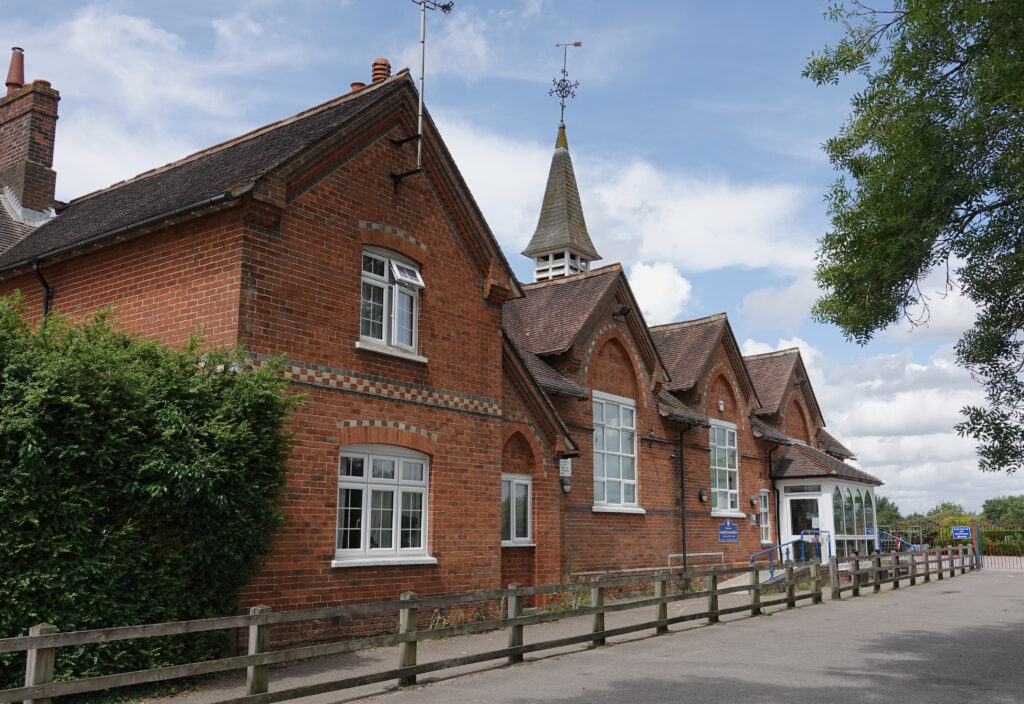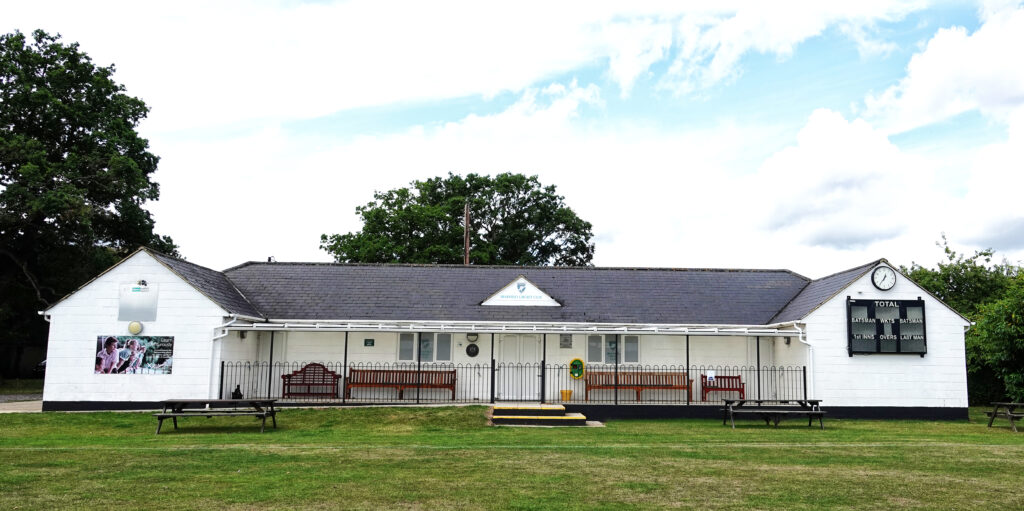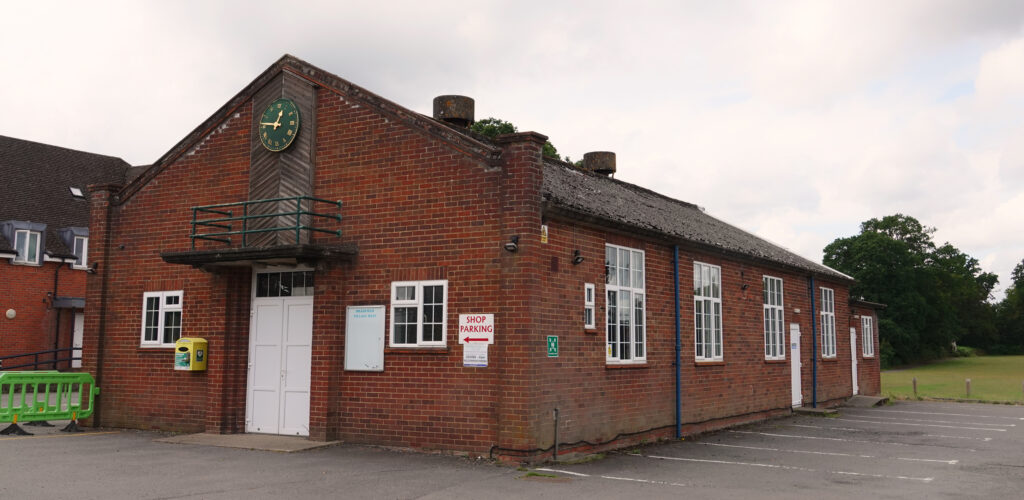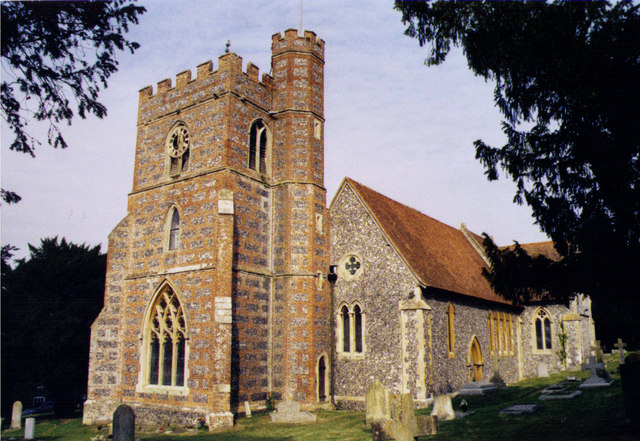
The Berkshire village of Bradfield has a rich history. This shows in its still farmed and wooded landscape, radiating out from the nucleus of old manor, with church and mill and the largely Victorian Bradfield College, to seventeenth century farmsteads and smaller nuclei {hamlets?] of twentieth century residential development.
The Romans left ruins of a villa and pottery; the Saxons tales of battles, church foundations, and the name Bradefelt (broad fields); the Normans a detailed description in the Domesday Book, and absentee overlords. These led to a family called Langford, who settled in Bradfield, built a church and brick manor house, became county Sheriffs and MPs and were slightly involved in the Wars of the Roses. They were succeeded by the Stafford family which held the manor until the 1670s.
Henry VIII’s Reformation left a largely unrecorded effect on Bradfield except the prompt introduction of a Parish Register of baptisms, marriages and burials: the beginning of many detailed parish records, both church and administrative, for the next 450 years. [They are mostly available in the Berkshire Record Office]. They recorded details about church property and how the parish financed and managed the 1602 and 1835 Poor Laws.

Most of Bradfield’s common land and medieval open fields were quietly enclosed in the early 17th century. But the Civil War was [part of] an unsettling time. Elias Ashmole (of the Ashmolean Museum) presented as Rector, John Pordage, who got involved with a suspect form of mysticism, and admitted that he and his household were visited by apparitions of angels who helped them fight off devils. Neighbouring puritan clergy got him ejected from the Rectory as a “scandalous and insufficient Minister”, but he came back as a layman.
Ashmole recorded in his memoirs that the last two of the Stafford family had threatened him with violence when he (Ashmole) tried to assert his right to the manor through the person of their thrice widowed mother. Instead it was sold to a London merchant.
A very different kind of rector from the ecstatic Pordage arrived in 1741 when Thomas Stevens was appointed. A few years later his lawyer brother Henry Stevens purchased the lordship of Bradfield manor. Henry’s son (another Thomas) succeeded his uncle in 1773 and for the next 120 years Bradfield was largely dominated by a Stevens ‘squarson’, occasionally challenged by the owners of Bradfield Hall. Near which, in 1830, a local baker invited Methodist preachers who arrived on foot from Shefford. Congregations were established and chapels built in Rotten Row and Tutts Clump.
Some Bradfield labourers joined the 1830 Swing Riots, and four farms in the Pang valley had threshing machines damaged.
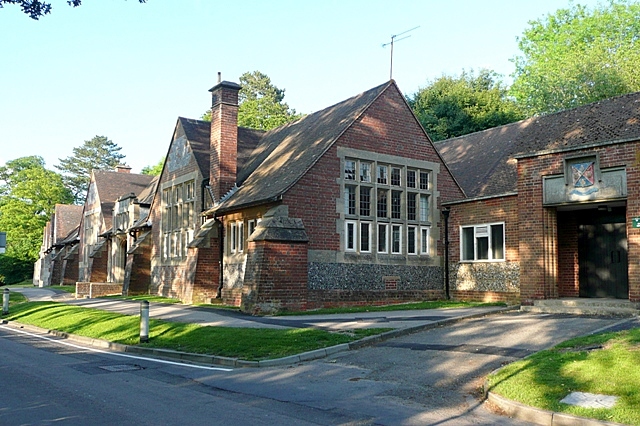
The most dominant Stevens ‘squarson’ was Rector Thomas Stevens, the founder of Bradfield College in 1851, by which time he had already been prominent in implementing the New Poor Law of 1835, building the Workhouse for a union of some 20 parishes, re-building and extending the parish church making it suitable for sung services, and starting his family of 13 children. He continued all these while himself farming his farms, investing in the watermill as a refrigerating plant and being Warden of St Andrew’s college (as it was known originally) which he owned, extended and managed autocratically, until in 1881 he could no longer pay the bills and was bankrupted. The College itself was saved and Dr grey took over, built the Greek Theatre and revived its fortunes. It gradually swamped the old village.
Then a new and larger ‘suburb’ – Bradfield Southend – developed on the old Southend common, where Bradfield re-centred. After WW2 most of the local shops and small businesses closed, but with cars Bradfield continues to prosper.
